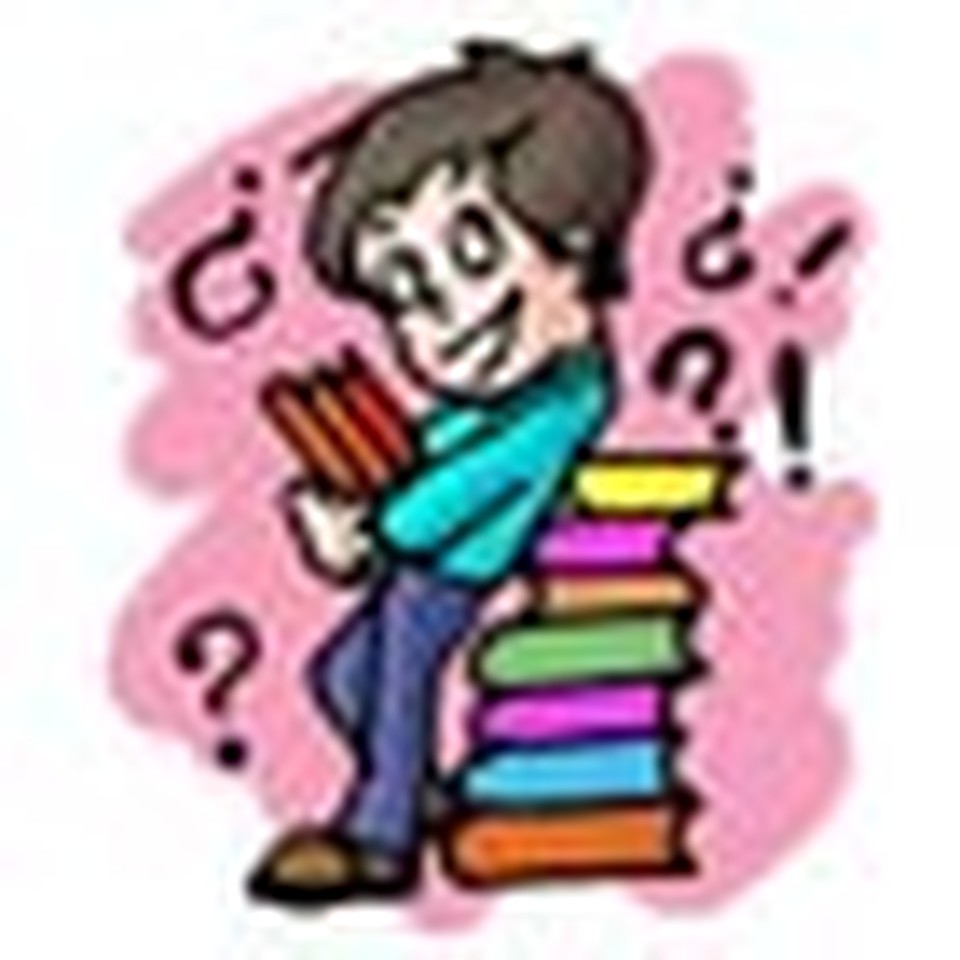What Your Child Needs to Know When

Have you ever wondered what is considered a “typical” course of study at a particular grade level? Documents called “scope and sequence” charts attempt to answer this question. Basically, a scope and sequence spells out the full content of a particular curriculum (scope) and the order in which the curriculum presents that material (sequence). There is nothing particularly mysterious about a scope and sequence document, though it may be couched in more “educationese” than necessary.
There is also nothing sacred about a scope and sequence chart (although some state legislatures, enamored with outcome-based educational “content standards,” would like to think otherwise). Like a formal curriculum, the scope and sequence document should be considered only a tool to help a home-schooling parent, not an end in itself. You should always do what is best for your child; some children need a different curriculum or a different sequence entirely from what a purchased curriculum presents.
Scope and sequence materials encompass a variety of different kinds of documents. These are the most common:
1. Publishers’ scope and sequence charts: These scope and sequence documents present the content and sequence of a particular textbook. Almost all publishers will provide you with a free copy of the scope and sequence for a textbook you are interested in purchasing. Some are available online. Here are three examples from publishers familiar to many home schoolers:
• Saxon Math (http://www1.saxonpub.com/school/SS_NCTM.html)
• Bob Jones University Press K-12 textbook scope and sequence, all grades and subjects (http://www.bjup.com/resources/overview/)
• A Beka Books, all grades and subjects (http://www.abeka.com/ABB/Resources/2001ScpSeq.pdf)
2. Home-school curriculum scope and sequence charts: Many complete curriculum packages were either originally designed specifically for home schoolers, or adapted well for this group. Many home-school curriculum publishers provide scope and sequence charts for the entire year’s curriculum, ranging from very basic (Alpha Omega LIFEPACS and Sonlight) to extremely detailed (Veritas Press). Here are several examples:
• Trivium Pursuit (http://www.triviumpursuit.com/articles/suggested_course_of_study.htm)
• Tapestry of Grace (read the overview material then click on the content for each year-plan separately) (http://www.tapestryofgrace.com/Info/Four_year_plan.htm)
• Veritas Press (http://www.veritaspress.com/Curricul.doc) (Note: This is an extremely detailed, useful document, even if you decide not to use Veritas Press materials.)
• Trisms (http://www.trisms.com/SiteMap.htm)
• Sonlight (http://www.sonlight.com/articles/scope_and_sequence.html)
• Alpha Omega LIFEPACS (http://www.switched-onschoolhouse.com/HomeSchool/LIFEPAC/ScopeAndSequence/)
3. Public and private schools’ scope and sequence documents: Most public schools and many private schools maintain a curriculum committee that periodically reviews and updates the school’s scope and sequence for each subject area. Many schools publish these documents on their Web sites, while others are available in paper form by contacting the school. If you are interested in reviewing a public school’s scope and sequence document, this is considered public information to which you are entitled by law, even if the document is not posted online. You can locate most American public and private schools by using the link below:
• American School Directory (http://www.asd.com/). This is a searchable database of all U. S. public and private K-12 schools’ contact information and Web sites. Search the school’s Web site, or contact the individual school directly for its curriculum scope and sequence document.
4. State and national scope and sequence documents: State scope and sequence documents are sometimes called “state standards,” and exist for every state except Iowa. National teacher organizations have also created national standards for each subject area. In most, but not all, cases, these documents are heavily weighted toward outcome-based education, an educational philosophy many home schoolers reject. In addition, they represent the requirements of government schools only; in most states, private and home schools are free to determine their own content standards and curriculum scope and sequence. However, you may wish to review these documents simply for reference.
• Complete links to both national and state education standards may be found here: http://www.education-world.com/standards/
5. International scope and sequence documents: Unlike the United States, many countries have an official national curriculum. These scope and sequence documents can be helpful to international home schoolers who are only in the United States for a short period of time and wish to keep their children up to date in their own country’s curriculum. International scope and sequence documents can also be helpful to American home-schooling families who want to compare what they are teaching with the content and skills presented to children in other areas of the world.
• Links to national curriculum documents from 20 different countries: http://www.kidlink.org/KIDPROJ/standards.html
• National Curriculum of England Online (http://www.nc.uk.net/home.html) (It’s amazing to see the British perspective on teaching about the American Revolution!)
6. Private organizations’ scope and sequence documents: A few private educational organizations have published their own versions of a typical curriculum or course of study. Two popular ones are listed below:
• Core Knowledge Foundation Curriculum Sequence: http://www.coreknowledge.org/CKproto2/about/overview.htm
• World Book Typical Course of Study (Pre-K to Grade 12): ttp://www2.worldbook.com/students/course_study_index.asp
7. Individuals’ scope and sequence: Some individuals have also published scope and sequence documents. These range from the multi-volume What Your (1st, 2nd, 3rd, etc.) Grader Should Know, by E. D. Hirsch, to individual home-schooling families who have developed a scope and sequence for their state home-school application or notification, or posted their own home-school’s scope and sequence on the Internet.
How should you use a scope and sequence document? First, remember that the content, pace, and sequence of the materials recommended vary widely from document to document, curriculum to curriculum, and publisher to publisher. Not all fourth grade math curricula teach the same topics in the same order over the same time frame as others, and in areas such as science and social studies, there is usually even less agreement between publishers, states, organizations, and individuals about proposed content. Like any other curricular material, a scope and sequence chart should be used only as a tool. Ideally, each family will develop the appropriate content, sequence, and pace of learning for each individual child, at a depth and with care that is not ever possible in a classroom of 30 children.
Kathi Kearney has been working with home-schooling parents for 23 years. She is Founder of the Hollingworth Center for Highly Gifted children in South Casoo, Maine, a doctoral candidate at Teachers College, Columbia University, and editor of Highly Gifted Children, the newsletter of The Hollingworth Center for Highly Gifted Children. She has taught at the university level and is a free-lance writer. You will often find Kathi in Crosswalk.com chat rooms, helping home-school moms.
Originally published August 26, 2003.





